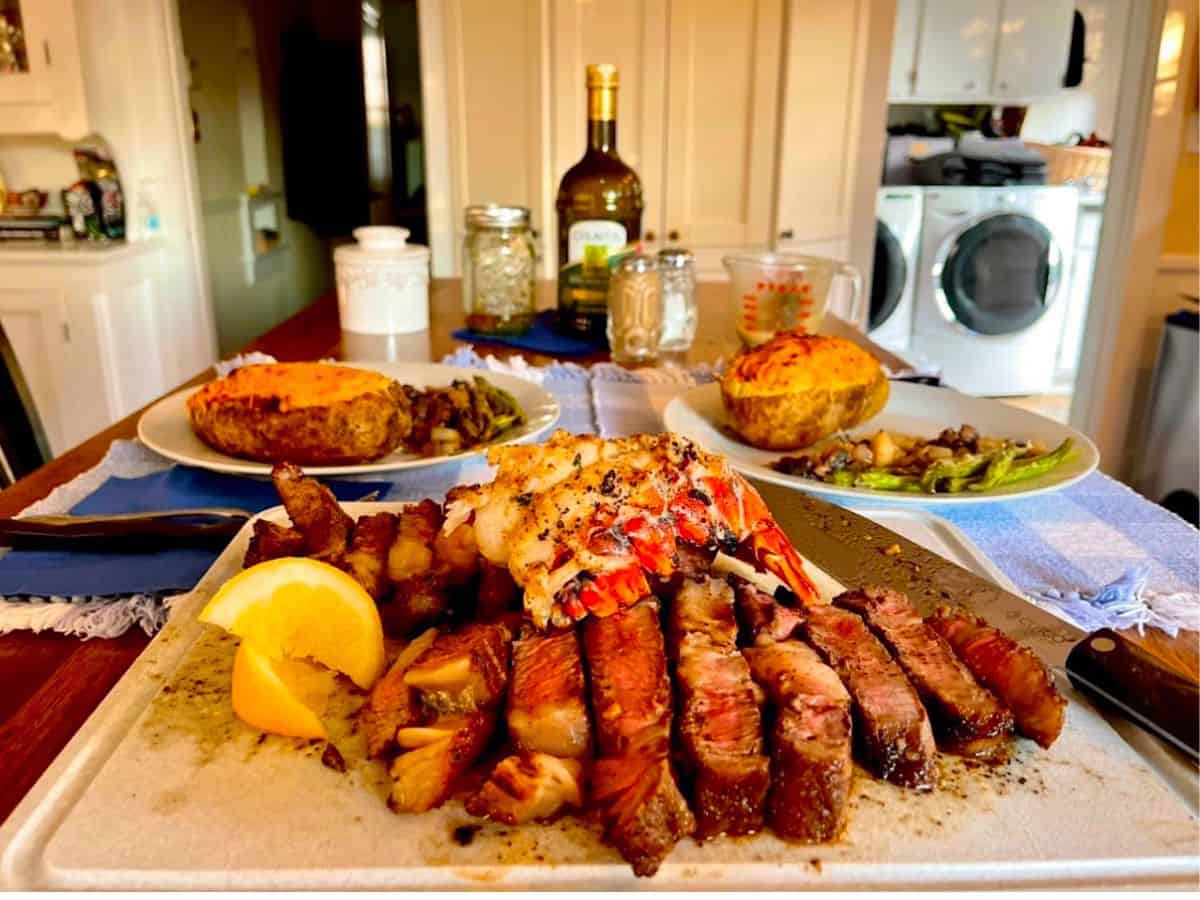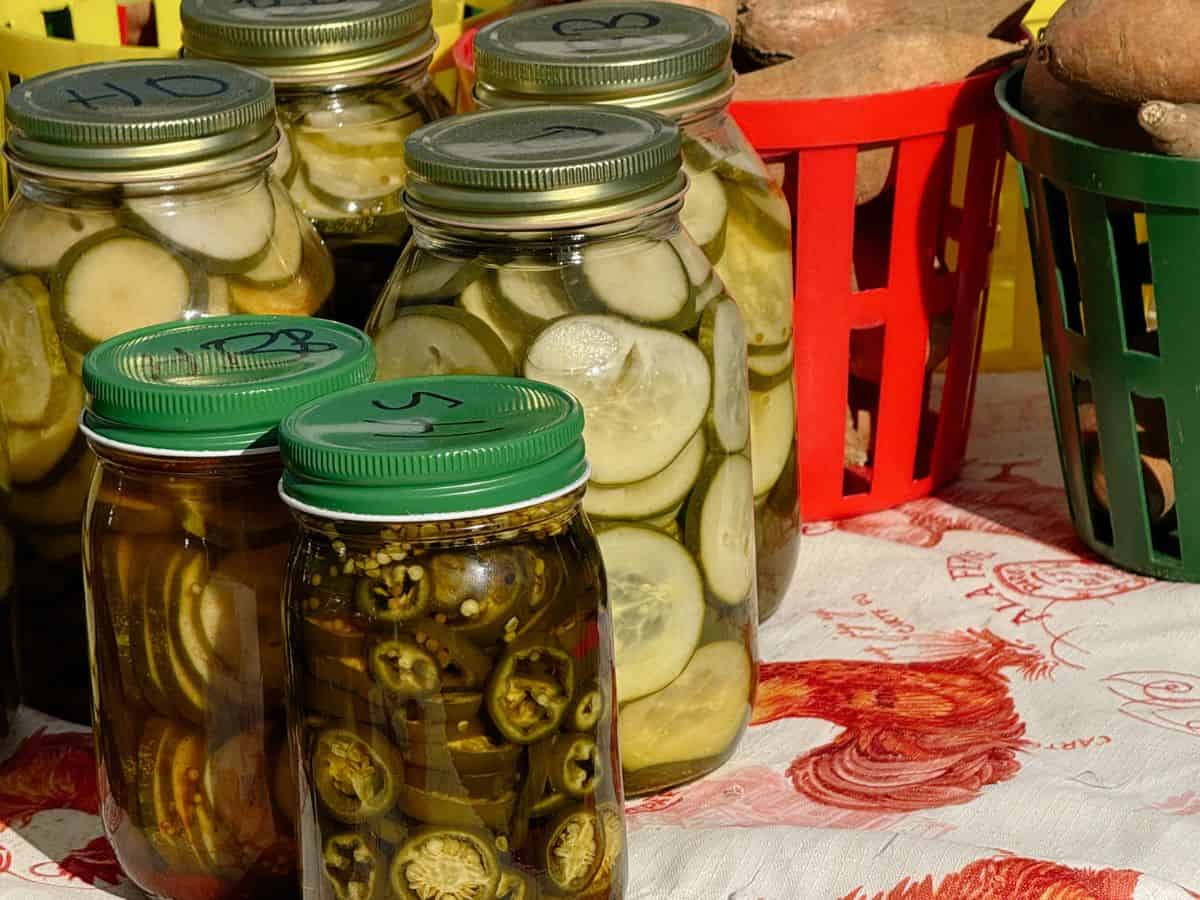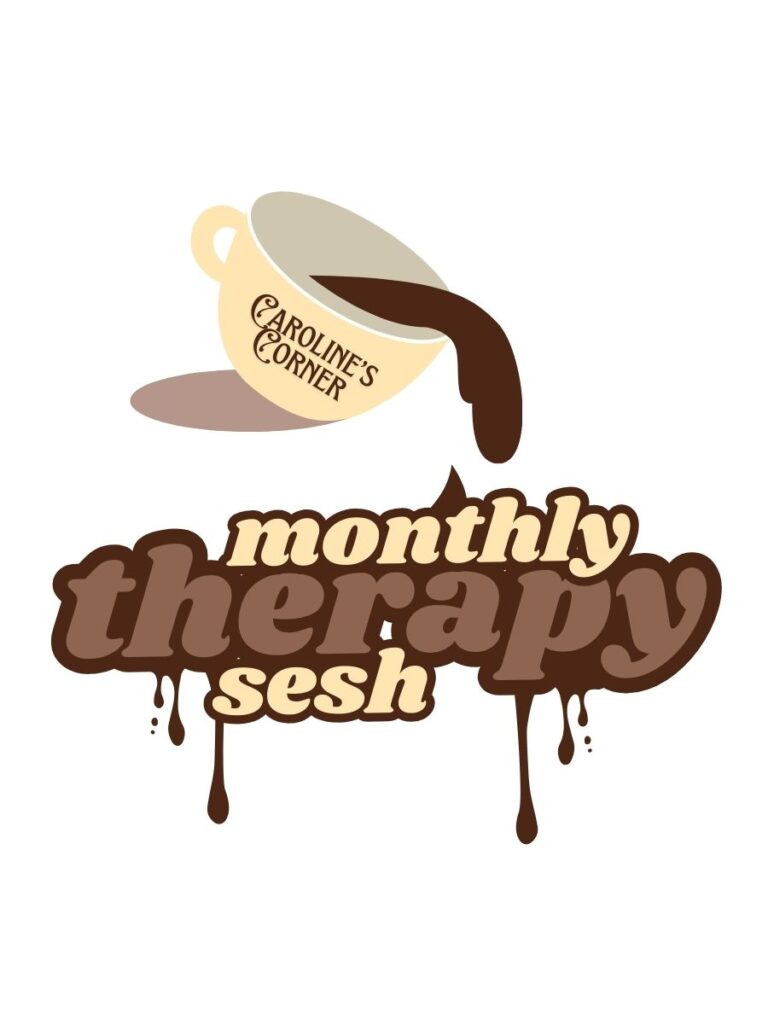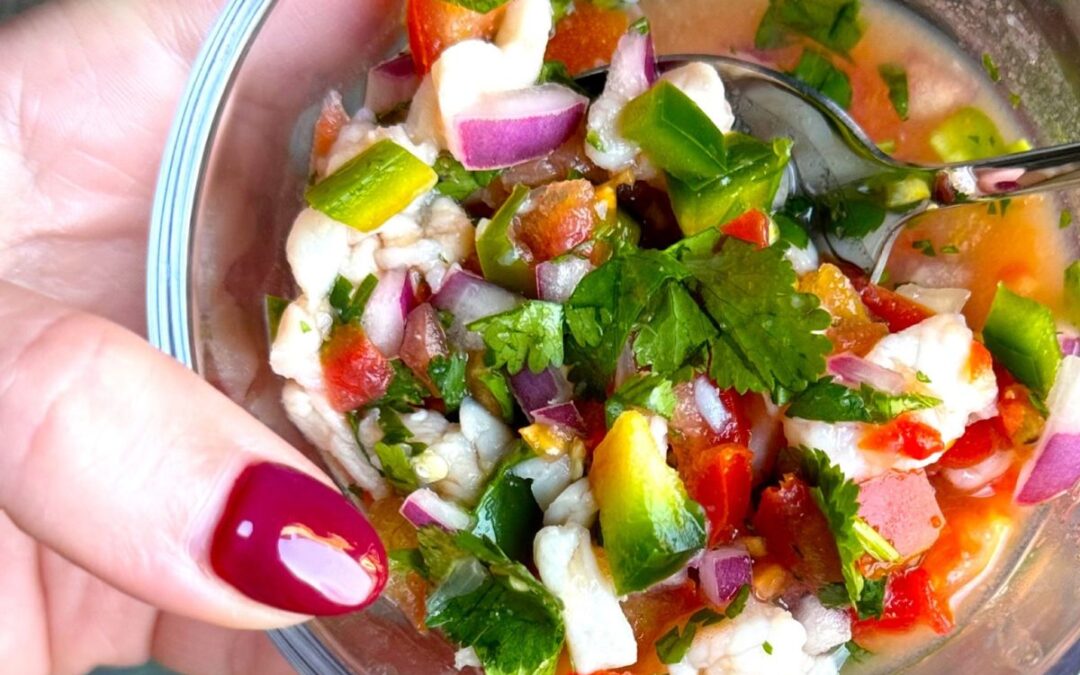I’ll start with the truth bomb—I have spent hours (yes, hours) on the internet searching for recipes to elevate my post-work meals. But instead of finding quick answers, I’ve had to skim through what feels like someone’s autobiography just to figure out how many stalks of celery I need. My relationship with recipe blogs is complicated. I love them, but wow, do they drive me crazy sometimes. And judging by the chatter from other home cooks, I’m not the only one who has a love-hate relationship with recipe blogs.
Table of Contents
If you’re a recipe blogger or thinking of starting one, buckle up. This blog is for home cooks who need inspiration (not a novel) and for recipe writers who want to make their content more helpful, searchable, and SEO-friendly. Let’s break it down.

The Love ❤️
1. Stunning Photos That Inspire
We eat with our eyes first. Your mouthwatering images—whether it’s perfectly caramelized chicken, a drizzle of olive oil catching the light, or vibrant roasted veggies—make cooking feel exciting and do-able. Keep them coming!
2. Creative Recipes That Stand Out
Your unique ideas are often what pull us out of our Taco Tuesday rut. “Zucchini Noodles with Creamy Avocado Pesto”? Yes, please. “Keto Chocolate Mousse”? Take my money. These recipes, paired with the right key words, make your blog searchable and irresistible.
3. Substitution Tips are Key Words for Success
Want to make your blog a favorite for Google and your readers? Include substitution tips! “Gluten-free, low-carb, or dairy-free options” appeal to a wider audience. With the right SEO tactics, like highlighting common dietary restrictions, these tips catapult your blog to the top of search results and keep readers coming back.
4. Tasting Notes and Storage Tips Rock
Simple tips like “this freezes well” or “even better the next day” save your readers time and decision fatigue. Plus, if you mention pairings like “this sauce works with pasta and roasted veggies,” you’re delivering extra value—which helps with user satisfaction and SEO rankings.

The Hate 💔
Okay, hate’s a strong word, but here’s where recipe blogs lose us…
1. The Never-Ending Backstory
We get it—your trip to Tuscany was transformative. But when someone Googles “15-minute chicken Alfredo,” chances are they’ve got a crying toddler tugging on their jeans. Keep it short and sweet.
Readability plays a crucial role in SEO, as search engines prioritize content that is easy to understand and engaging for users. Clear, concise writing with proper formatting—such as headings, bullet points, and short paragraphs—helps readers quickly grasp the information they need. Content that is well-structured and free of jargon is more likely to keep users on your page longer, reducing bounce rates and signaling to search engines that your content is valuable. Prioritizing readability not only improves the user experience but also boosts your search rankings.
SEO Fix: Add a “Jump to Recipe” button at the top. It keeps readers happy and reduces bounce rates, which search engines love.
2. Ad Overload
Ads pay the bills, but when auto-playing videos or pop-ups block the recipe steps, readers leave fast. And if people bounce, Google notices.
Solution: Strategically place ads where they don’t interrupt the reading flow. A balance between monetization and usability is key to SEO success.

3. Excessive Word Counts for SEO
It’s no secret that long-form content ranks higher, but stuffing your blog with fluff hurts the user experience. Instead, focus on clear, concise information.
SEO Tips:
- Add an FAQ section with expandable answers to improve usability.
- Use internal links to other recipes. For instance, “Love this lasagna? Try my garlic bread recipe!” Both readers and search engines will love it.
- Use captions under photos with key words that drive engagement and boost rankings.
4. Overly Complex Recipes
Sometimes, we just want an easy dish with ingredients we already have. If your recipes always call for saffron threads or yuzu juice, you’ll lose readers who don’t live near specialty stores.
SEO Hack: Include a “5-Ingredients or Less” section to appeal to busy cooks. Add key words like “quick,” “easy,” or “budget-friendly” to target common searches.

What Recipe Blogs Get Right
Some blogs nail the balance between inspiration and utility. Here’s why they work:
- Time Stamps: Headers like “Prep Time – 10 mins | Cook Time – 20 mins” make recipes user-friendly and help with SEO by including practical key words.
- Tailored Content: Blogs that focus on quick meals or one-pot dishes cater to busy readers while utilizing popular search terms.
- Complementary Topics: Pair recipes with hosting tips, wine pairings, or tablescape ideas to expand your audience and boost engagement.
- Community Vibes: Encourage user photo submissions and behind-the-scenes content to create loyal followers.

A Love Letter to Recipe Bloggers
Dear recipe bloggers, we love you, and we need you—but we also need you to work with us. Life is chaotic, and your blog can make a huge difference in someone’s day if it’s user-friendly, inspiring, and optimized with key words and SEO tactics.
Ditch the fluff, add simple navigation, and keep delivering amazing recipes. Trust me, your readers (and search engines) will repay you. Until then, happy cooking—and now, where did I put that cilantro? 🤔







